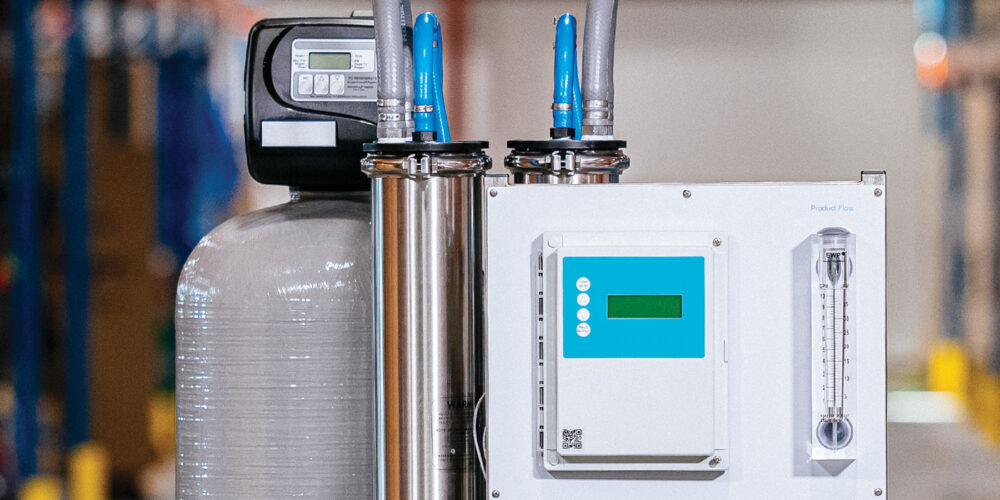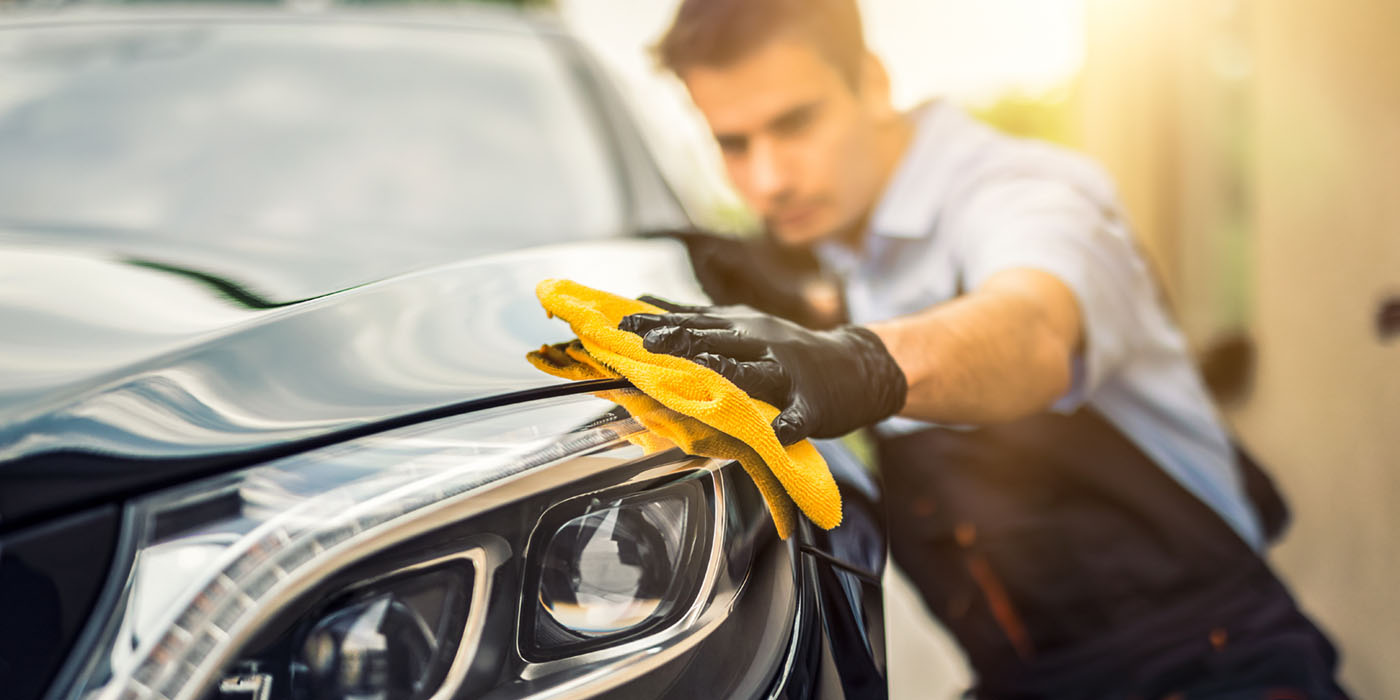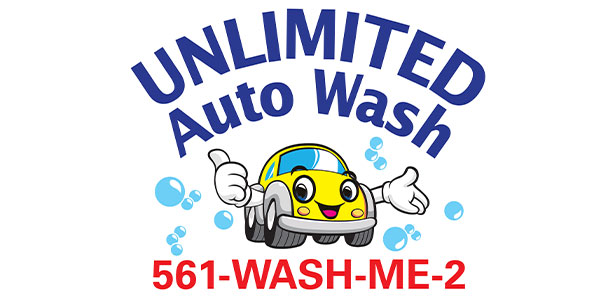Membranes are the heart of a reverse osmosis (RO) system, so it’s critical to protect and care for them. Because of their role in the RO process, membranes can attract scaling and deteriorate over time, but there are steps you can take to protect your membranes, improve performance and lower your total cost of ownership.
The main issue facing membrane life is the quality of the water feeding the RO system. High levels of water hardness, silica or contaminants, such as iron or chlorine, can do a number on the membranes. If you can address those issues before the water reaches the RO system, you can seriously lengthen your membranes’ life and reduce your RO operating costs.
Test to verify
The first step is to learn about the water coming into your wash. Leading companies in the professional carwash market offer free water testing so you can learn which contaminants are in your water and at what levels.
Once you know what you are dealing with, you can work with your water treatment professionals to come up with a plan, especially if you have well water or major challenges.
One key to better RO performance and membrane life is using a water softener. If you are running hard water into an RO system, the membranes actually concentrate the hardness and make it even worse on the membranes. A softener will remove magnesium and calcium and provide water that is much better for your membrane life, not to mention improve your water’s impact on all your equipment.
The power of carbon and awareness
A good carbon filter is another important part of the RO process and should be included with every RO system. The carbon filter looks and functions similar to a water softener, but focuses on removing chlorine to specifically prevent deterioration of your RO membranes. Ensure your carbon filter is functioning properly and be sure the system is removing all the chlorine. You do not want any chlorine leaking through your carbon and impacting your membranes.
It is also extremely important to be mindful of your RO reject ratio. Refer to your system’s manual for guidance on reject settings. The more you restrict the flow of your reject or concentrate water, the more stress is put on the membranes. A higher reject ratio helps protect membranes. This is especially critical if you have low quality feed water, high TDS or hard water. You can save that reject/concentrate water and still use it for certain applications, such as undercarriage.
What if you have really challenging water and these tips do not work? You can always explore anti-scaling chemical injections. Circle back to our initial recommendation first and have your water tested so you know exactly what the issues are and then you can explore which injections could help solve your issues, including hardness, silica, iron and more.
Your RO system and its membranes play a key role in your wash, and their performance is crucial to turn out clean, spot-free vehicles and satisfied customers. By following these tips, you can ensure your membranes operate at their peak for a lot longer to result in shiny cars, happy customers, less maintenance and fewer costly replacements.
Mike Huiting is the director of technical services for Sonny’s CarWash Water by Velocity Water Works. With more than 25 years of experience in the water treatment industry, Mike leads customer service, support and customer training programs. He has also made major contributions to the engineering, design and development of many of Velocity’s revolutionary products, including its RO Spot Free System.














